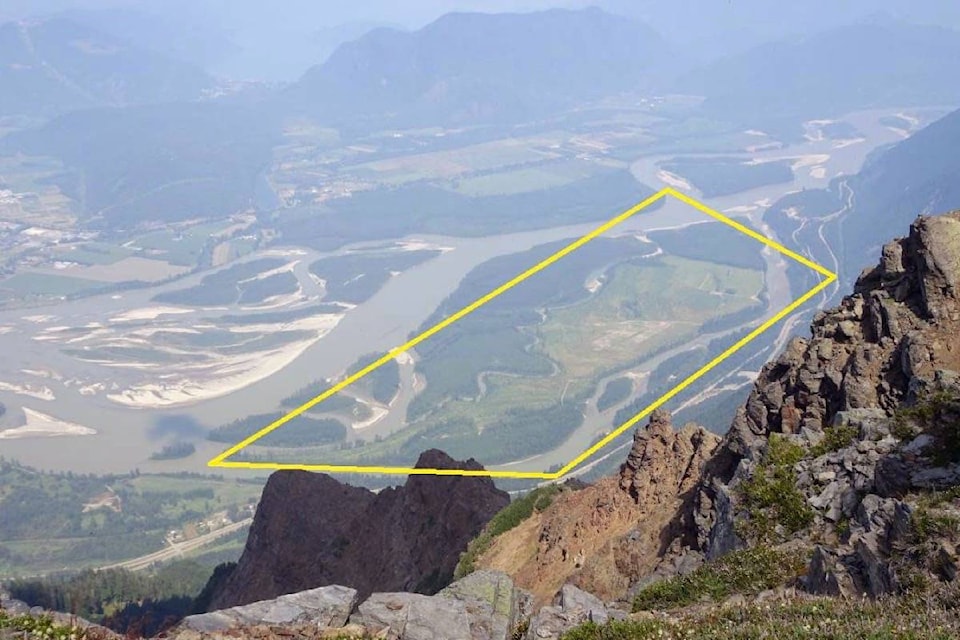Some call it the Heart of the Fraser, others call it ripe for agricultural development.
The BC Wildlife Federation (BCWF) has launched a campaign to defend two islands south of Agassiz –Herrling and Carey Islands – in a stretch of gravel between Hope and Mission that, according to BCWF, comprises “one of the greatest salmonid and sturgeon networks of channels, islands and wetlands of its type in the world.”
The federation says Herrling and Carey Islands are some of the only islands left of their kind, after years of diking, ditching, bank hardening and draining destroyed 90 per cent of the island landscape in the Fraser River.
BCWF director of strategic initiatives Alan Martin said the islands are one of only three major mid-river island complexes left in the Fraser and are vital habitats for a vast numbers of fish species.
“Basically, in this part of the Fraser River, the river is very, very active and it moves about, creating islands and side channels,” he said. “These side channels are where gravel accumulates [and] gravel is very important for spawning habitats for a variety of fish species.”
The islands’ side channels act as important habitats for chum salmon, pink salmon and white sturgeon, he explained. And the channels on the islands themselves are used by chinook salmon during their migration downstream.
“There are approximately 30 species of fish that rear, migrate and spawn through [the area].”
But a development application from Klaassen Farms Ltd. could put those habitats in jeopardy, says BCWF.
The farm purchased Herrling Island to convert the pre-existing cottonwood plantations on the land to blueberry, corn and forage crops, and in late July they applied to the province to build a bridge to the island for vehicular access.
“Bridges across these side channels ... would result in the hardening of the side channels and change the flow characteristics,” Martin said.
“Certainly it would have impacts, not only on the ecological processes that go on in the river, but in the hydrological ones, which is becoming more and more important with the way the rivers are behaving in relation to climate change.”
Martin says that any attempts at flood protection on the island – something that could come with increased development – are damaging, and counteractive to the ecological characteristics of the islands.
“If they’re diked too close to the channels, it restricts the movement back and forth to these side channels and eliminates the continual creation and renewal of this side channel habitat.”
That’s why BCWF, in conjunction with other B.C. environmental groups, is trying to raise awareness about the islands and stop the bridge construction.
In the long term, the group says it wants to see the islands fully protected.
“We want to see adequate protection of these habitats, either through the purchase of these habitats and/or the implementation of levels of protection that will maintain the sustainability of the ... characteristics of these islands,” Martin said.
“If you lose these ecological and hydrological characteristics, its difficult, if not impossible, to get them back.”
The application remains under review by the province but states that construction will begin once environmental, engineering, First Nations and governmental agency approvals are in place.
There was no response to a request for comment from Klaassen Farms Ltd.
